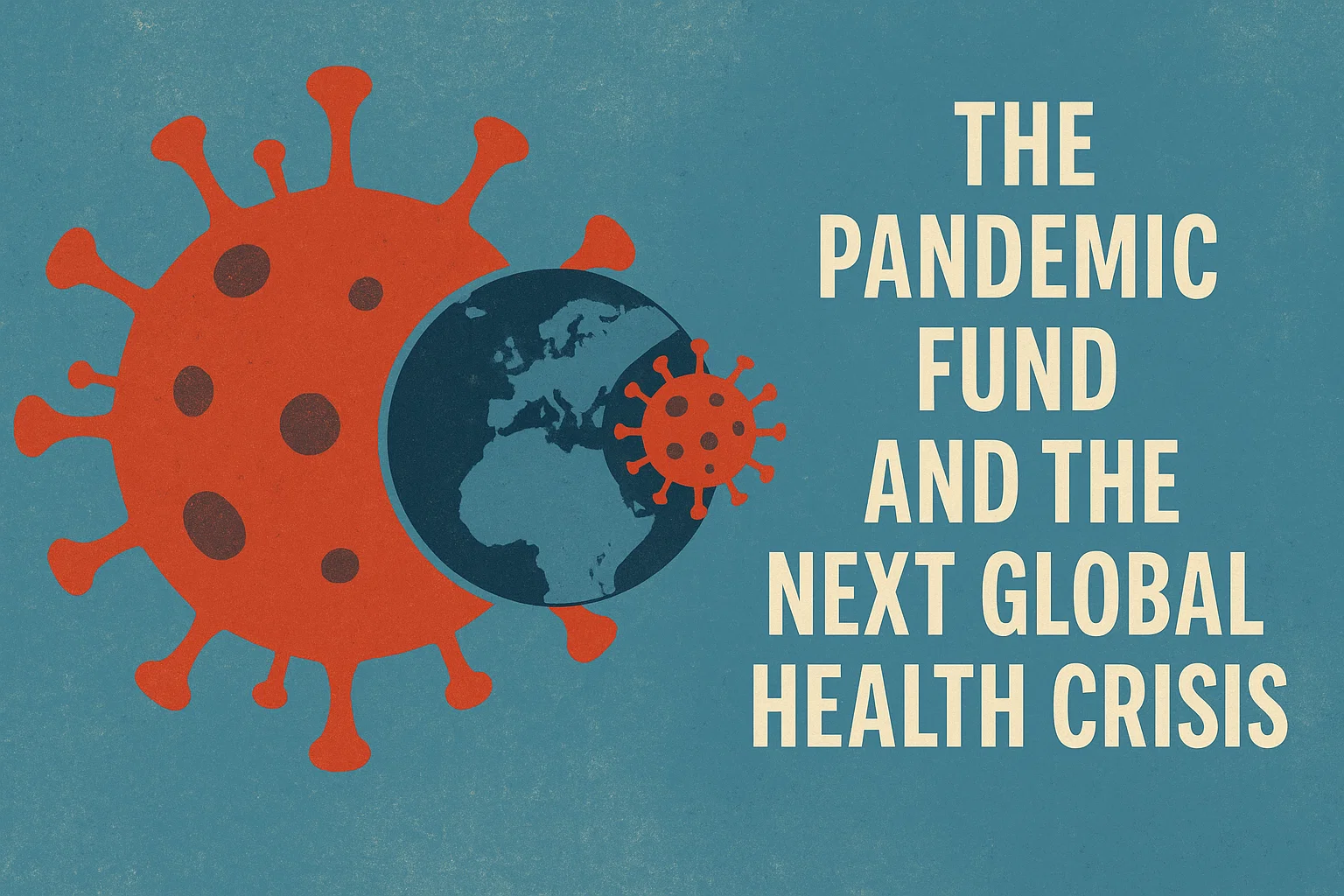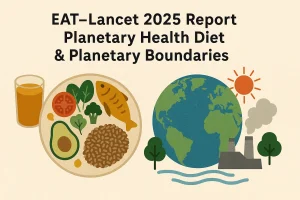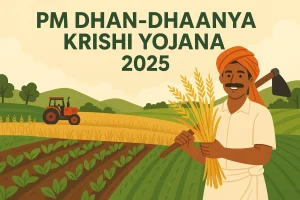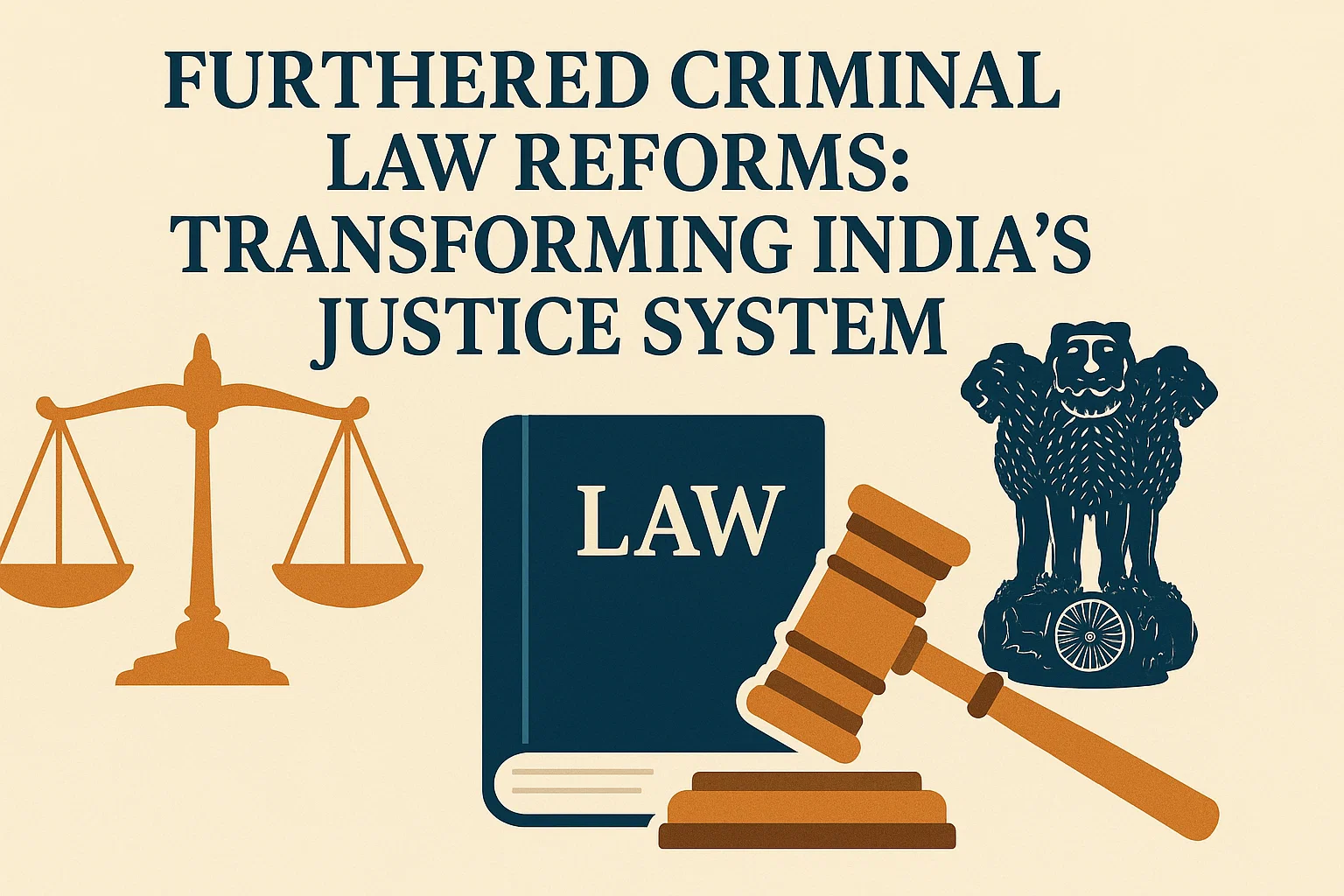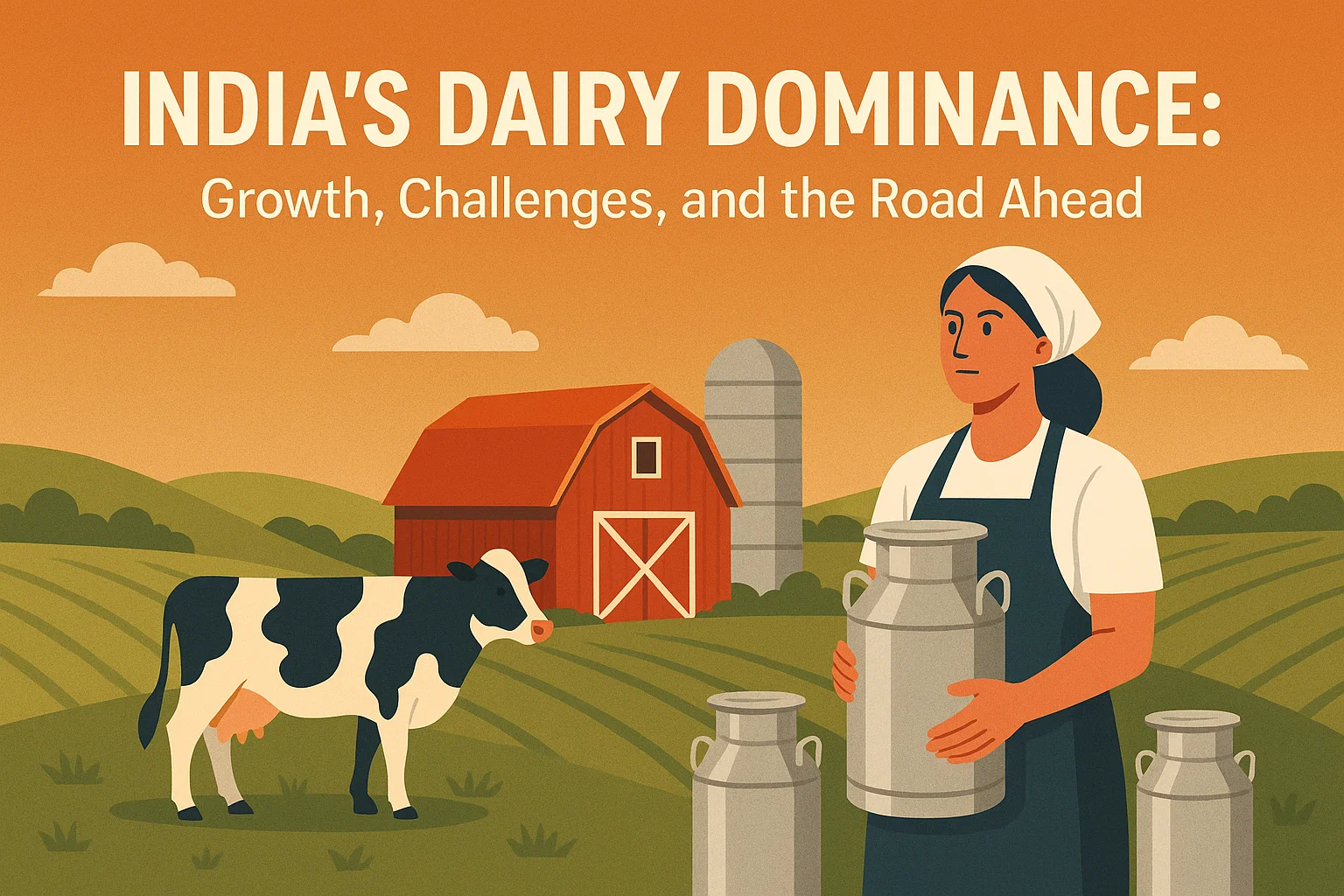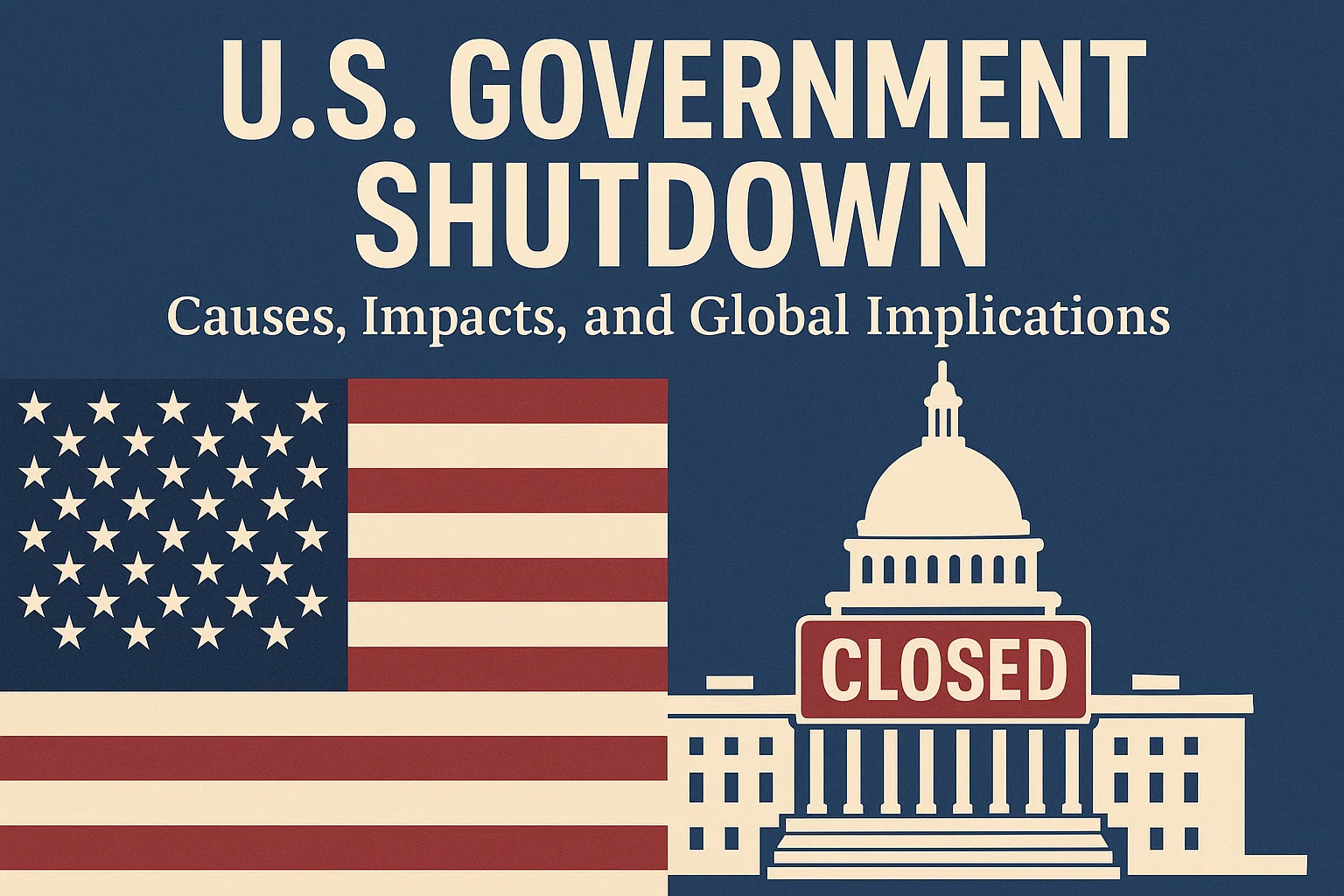The Pandemic Fund and the Next Global Health Crisis
Learn how the World Bank’s Pandemic Fund, launched in 2022, is financing global health preparedness. Discover its focus on disease surveillance, public health workforce, and equity to prevent the next pandemic crisis.
Context
In 2024, the Pandemic Fund fast-tracked US$129 million to contain the Mpox outbreak across ten Sub-Saharan African nations and has since announced a third funding round of US$500 million to reinforce global pandemic preparedness. As health systems continue to recover from the COVID-19 shock, this Fund represents one of the most significant international efforts to institutionalise prevention, preparedness, and response mechanisms before the next global health crisis strikes.

What is the Pandemic Fund?
The Pandemic Fund is a multilateral financial mechanism established by the World Bank in 2022, in collaboration with the World Health Organization (WHO), G20 partners, and other global health institutions. It emerged as a direct response to the structural and financial weaknesses exposed during the COVID-19 pandemic.
Its central purpose is to fill critical investment gaps in Pandemic Prevention, Preparedness, and Response (PPR) at national, regional, and global levels — particularly for low- and middle-income countries (LMICs).
The Fund supports three priority areas:
-
Disease Surveillance and Early Warning Systems – enhancing real-time data networks, genomic sequencing, and outbreak analytics to detect threats early.
-
Laboratory and Diagnostic Capacity – improving laboratory networks and access to rapid diagnostic tools for faster confirmation and response.
-
Public Health Workforce Development – strengthening health systems through skilled personnel, epidemiological training, and surge capacity support during crises.
By integrating these three pillars, the Fund aims to create a global safety net against infectious disease threats before they escalate into global emergencies.
Why the Pandemic Fund Matters
1. Strengthening Global Health Security
The Fund provides a dedicated financing mechanism for pandemic preparedness — a crucial development in an era when the probability of another pandemic within the next 25 years is estimated at 50–60%.
COVID-19 demonstrated that the economic cost of inaction far exceeds the cost of prevention. For instance, India alone suffered an estimated US$2.5 trillion GDP loss due to the pandemic. By investing in preparedness, the Fund helps mitigate similar economic shocks in future outbreaks.
It also aligns with the International Health Regulations (IHR 2005) and the Global Health Security Agenda (GHSA), ensuring that preparedness investments reinforce existing international frameworks.
2. Catalyst for Multisectoral Investment
The Fund’s structure allows it to leverage financial contributions from multiple sources — national governments, development banks, private corporations, and philanthropic organisations. This blended financing model encourages collaboration and accountability across sectors.
According to World Bank data, the leverage ratio ranges between 6.4 and 7.3, meaning that every dollar invested by the Fund mobilises up to seven dollars in additional co-financing or parallel investment.
Such catalytic impact helps expand the scale and reach of preparedness initiatives, including cross-border disease surveillance networks, regional health infrastructure, and vaccine manufacturing capacity.
3. Promoting Equity and Inclusion
Pandemics disproportionately affect vulnerable populations, including women, informal workers, and low-income communities. Recognising this, the Fund places a strong emphasis on equity and inclusion.
It prioritises financing for low-income countries and regions with fragile health systems while promoting gender equality and the empowerment of marginalised groups in public health leadership.
By focusing on equitable health access, the Fund not only strengthens resilience but also contributes to the Sustainable Development Goals (SDGs) — particularly SDG 3 (Good Health and Well-being) and SDG 10 (Reduced Inequalities).
4. Sustainability, Transparency, and Governance
The Fund’s design reflects lessons from the COVID-19 response, where fragmented funding and short-term aid undermined sustainability. It therefore promotes long-term national planning, helping countries develop coherent pandemic preparedness strategies integrated into their health budgets.
Governance mechanisms include an independent advisory panel, multi-stakeholder consultations, and annual performance reviews to ensure accountability. Recent independent evaluations have led to improvements in results frameworks, risk assessments, and transparency of disbursements.
By encouraging cross-border cooperation, the Fund ensures that investments deliver both national and regional public goods, such as shared disease surveillance platforms and coordinated emergency logistics.
Broader Implications for Global Preparedness
The Pandemic Fund’s growing portfolio signals a shift from reactive aid to proactive investment in global health resilience. Its operations complement WHO’s Health Emergencies Programme, the Africa CDC, and initiatives such as CEPI and Gavi, forming part of a more integrated global health architecture.
However, experts caution that the Fund’s impact will depend on sustained political commitment, domestic co-financing, and integration with national health priorities. Without these, even the best-funded mechanisms risk becoming fragmented.
The COVID-19 pandemic was a stark reminder that preparedness is not a luxury but a necessity. The Pandemic Fund represents a new financial model for collective action, offering a template for how global solidarity can prevent local outbreaks from becoming worldwide catastrophes.
Subscribe to our Youtube Channel for more Valuable Content – TheStudyias
Download the App to Subscribe to our Courses – Thestudyias
The Source’s Authority and Ownership of the Article is Claimed By THE STUDY IAS BY MANIKANT SINGH
